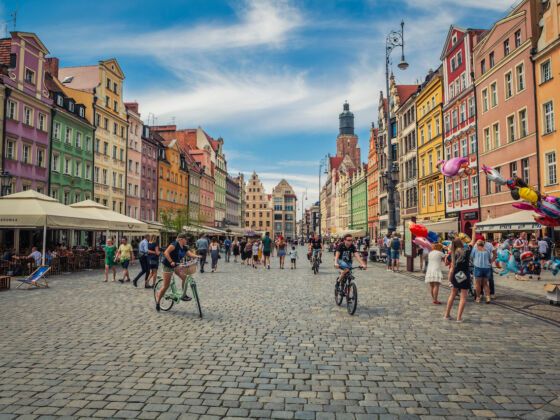Morning
Arrive via overnight train from Warsaw or Krakow. Immediately stop worrying about what in the world you were going to do in Wroclaw at 6am, because it’s already closer to 8:30. Nobody in your cramped, 6-seater compartment seems to notice the delay.
Contrast the glossy, floor-to-ceiling glass windows of the station with your Soviet-era train that just clanked to a stop at the platform. Heave your bag off the luggage rack that’s just slightly taller than you, being extra careful not to drop it on the heads of your compartment-mates in the process. Wave do widzenia to them as you leave.
